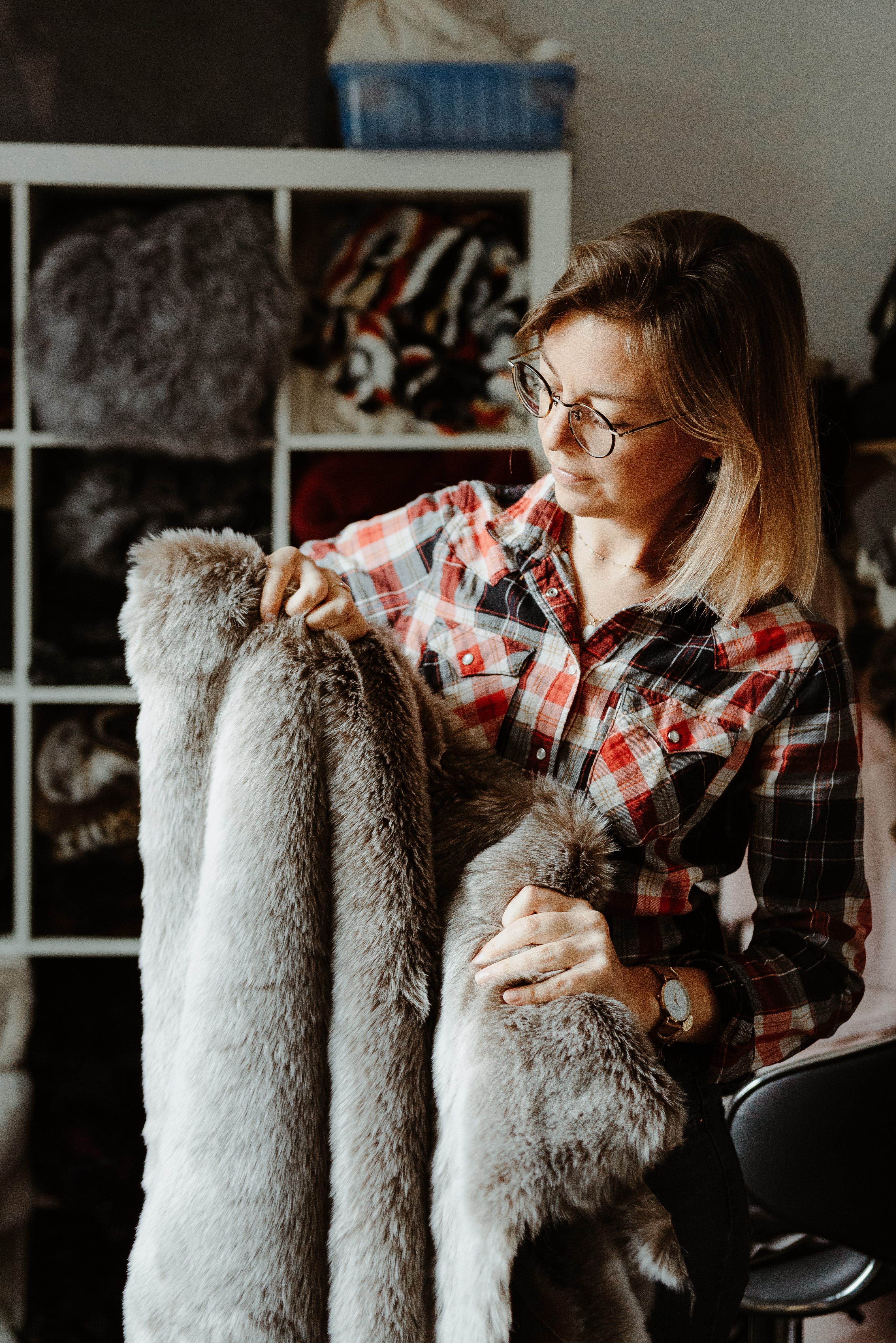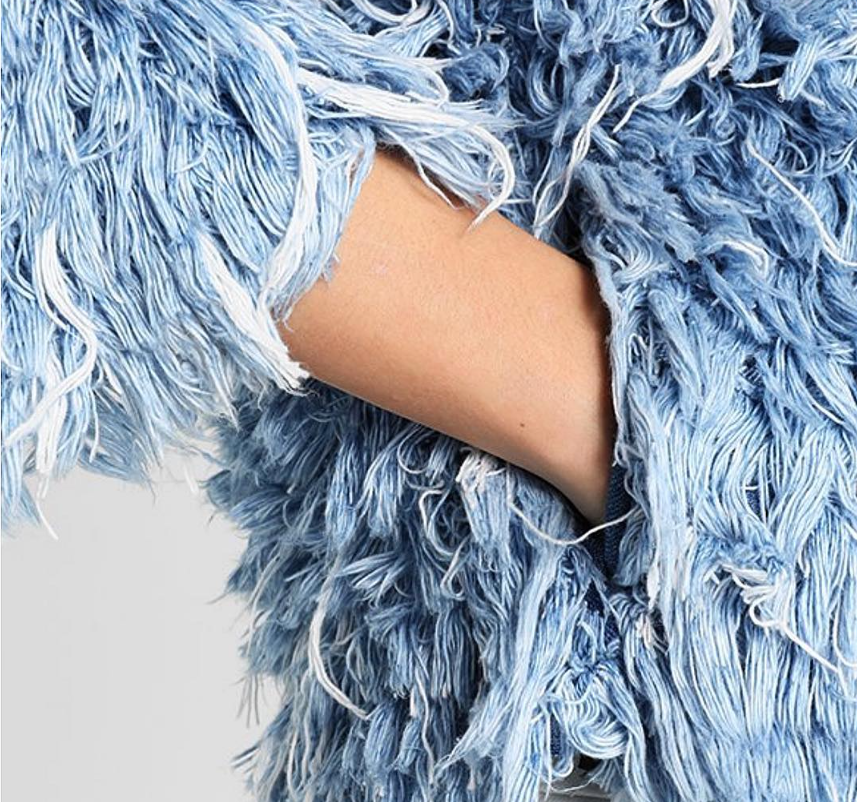What are the atlernatives to real fur?
What are the alternatives to real fur?
Over the past two decades, thanks to the rise of numerous associations and non-governmental organizations such as L214, PETA or the Fur Free Alliance, the fight for the protection of animals has considerably strengthened.
These associations and in particular Fur Free Alliance are specialized in the fight against animal fur. The animal fur resources still come too largely from farms where foxes, mink, chinchillas, rabbits or raccoon dogs, are bred in conditions contrary to their instinct and natural state, often dramatic.
Consumers seeking transparency have taken this issue into consideration and are gradually pushing the big names in the textile industry to reverse this trend.
Here is a quick overview of existing alternatives to real fur!
Synthetic and / or recycled fur
Synthetic fur is made of acrylic or denatured polyester, and the resin is rich in natural fibers, such as cotton or hemp, which provide softness. Fake fur is more ecological and more responsible than animal fur. The fiber used is a by-product that does not produce additional pollution, can be resistant for a long time and can be recycled at the end of its life. In the past decades, their characteristics in terms of softness, finesse and even shine have been considerably improved, making it a perfect and very beautiful alternative.

The so-called "vegan" fur
In addition to producing polyester or acrylic faux fur, some faux fur manufacturers also rely on the durability of their materials. This is how we now create furs from recycled bottles, which saves 70% of energy production compared to a conventional polyester, but also new fibers composed of 37% corn residue, including the starch residue is diluted in polyester. So there is no animal trace in the creations, and these are more ecological. This is why they are called "vegan".

“Denim fur”
Created by an Italian designer, this "fur" is made from recycled biodegradable cotton which he uses instead of animal fur on his creations. Scraps of unused jeans are transformed into jackets or accessories.
In short, there are more and more viable alternatives to fake fur. Most major brands and designers have stopped using it in favor of fake fur, which in addition to being ethical, leaves more room for imagination and possibilities.



